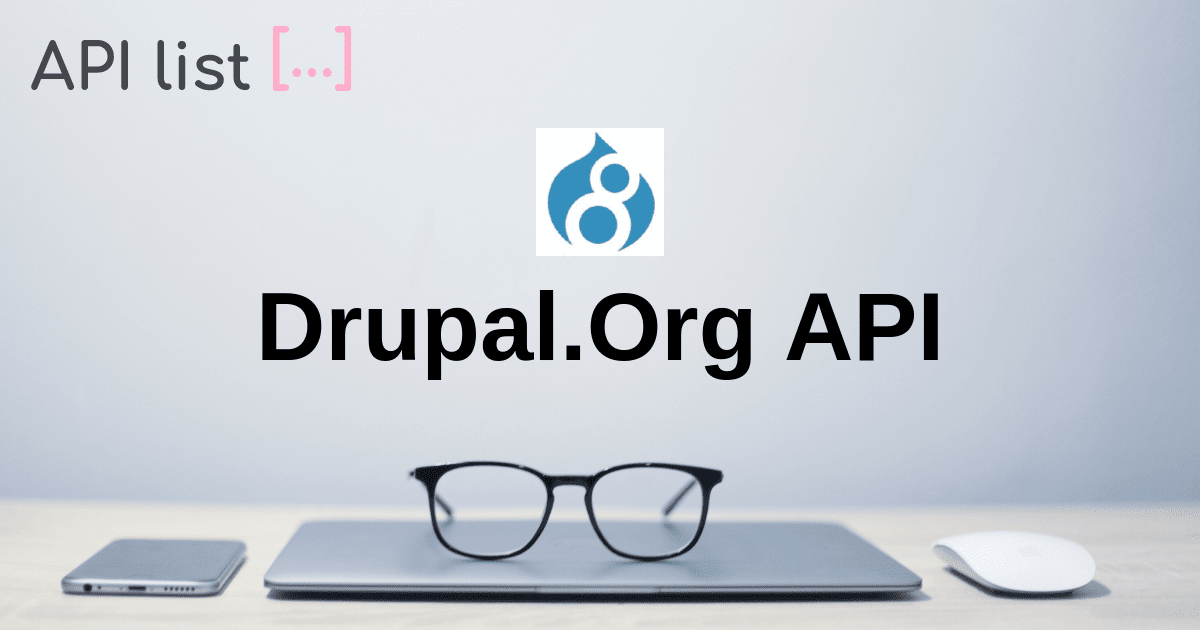


They can also be used to provide default configuration used during the installation process or when a new module is enabled. Configuration entities can be exported via core's configuration management system. Examples of configuration entities in core include image styles, user roles and displays in views. It's important to understand the basic differences between these two types of entities before we really dig in further.Ĭonfiguration entities are objects that allow us to store information (and default values) for configurable settings on our site. There are several types of entities included in Drupal core that make up both the configuration and content of a default installation. They make up, in one way or another, all of the visible content a user interacts with on a Drupal-powered site. Setting Up Content StructureĮntities are the basic building blocks of Drupal's data model.

Provide an introduction to the Drupal Entity API. Key concepts we'll explore as we dive into Drupal's Entity APIīy the end of this tutorial you should be able to explain the problems that the Entity API solves, and when you should use it in your own code.The main problems the Entity system solves.This tutorial will explain Drupal's Entity system from a high level. But what are entities in Drupal? How can you use them to build your site? When should you use the Entity API? When learning Drupal development, it won't be long before you encounter the word "entity" and the Entity API.


 0 kommentar(er)
0 kommentar(er)
